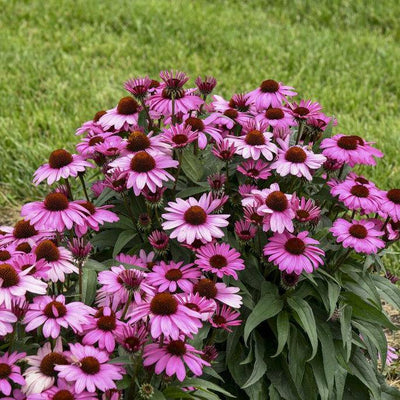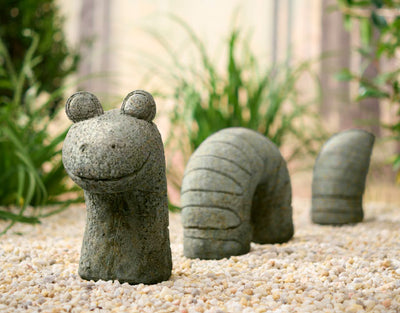Light Requirement:
The optimum amount of sun or shade each plant needs to thrive: Full Sun (6+ hours), Part Sun (4-6 hours), Full Shade (up to 4 hours).
Uses Notes:
Great in both containers and landscapes.
Maintenance Notes:
If you are looking for a tough plant it's hard to beat lantana. Lantana are heat tolerant, use little to no supplemental water in the landscape, will tolerate less than ideal soils and usually don't need to be deadheaded. If you are looking for a plant that will thrive on neglect, lantana is the champ. Lantana come in many shapes, sizes and habits. Check size and habit information for the specific variety you are choosing to make sure it fits your needs. Lantana can be trimmed back at anytime to shape or to promote increased branching.
In many parts of the US and Canada lantana function as an annual. In reality they are a tender perennial, in warm winter climates they become flowering shrubs.
If you live in an area where Lantana is perennial they are essentially trouble free, they can be pruned at any time of year and usually benefit with a harder shape-up pruning in early spring after last frost date. Midsummer fertilization can help overcome any slow down in growth during the dog days of summer and help bring even more flowers.
According to the Humane Society of America Lantana leaves can be toxic to pets. This means that the plants are generally identified as having the capability for producing a toxic reaction.
Lantana seed set varies considerably. If you see a lot of berries developing you may want to deadhead the plants to help with continuous blooming. If there is low berry set, deadheading shouldn't be necessary for continuous bloom. Some varieties are self-cleaning.
An application of fertilizer or compost on garden beds and regular fertilization of plants in pots will help ensure the best possible performance.
Our motto is Frost alone can halt our immense production of petal-packed poesies. Where Lantanas really go to town is during hot weather. The hotter it gets, the more flowers we pop out. Especially the Luscious variety. Even my colors are hot.
These brilliant Tabasco red, flaming orange, and fire ball yellow flowers will turn that boring bed or container into a trip to Cancun during Spring Break. Heat and drought tolerant, of course, but also fragrant, annual except in zones 9 - 11, 24 - 36 inches tall. Want to hang out with the birds, bees and butterflies? Plant me, and you may end up turning that spare bedroom into an aviary slash hive slash butterfly house.
"A Real Simple magazine - Top 10 goofproof Plant"
Luscious®Royale Piña ColadaLantanacamara'LANZ0004'USPP 24,641, Can 4,647
















